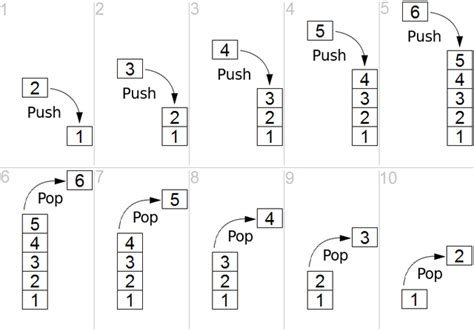Push Opcode: Understanding the Mechanics of Bitcoin Transactions
In Bitcoin, transactions are processed on the network and verified by nodes using complex algorithms. One of these algorithms is the push opcode, which plays a crucial role in the transaction verification process. In this article, we will delve into how the push opcode works and why it is important for the item to end up on the stack (tx verification).
What is Push Opcode?
Push opcode is a protocol used by Bitcoin nodes to verify transactions. It is an optimization technique that reduces the computational cost of verifying a transaction. In simple terms, the push opcode allows nodes to send data directly to the stack without having to read it from disk or memory.
How does Push Opcode work?
When a new transaction is created, the sender (Alice) sends it to the network, along with her public key and signature. The recipient (Bob) receives the transaction, verifies its authenticity, and includes it in his own transaction. To verify this transaction, Bob’s node reads all the necessary data from disk or memory, including Alice’s pubkey script, pubkey hash, signature, etc.
During this process, the opcode is implemented. Here’s a step-by-step breakdown:
- Pushing pubkey script: The sender pushes Alice’s pubkey script onto the stack.
- Pushing pubkey hash

: In response, Bob pushes his own pubkey hash onto the stack.
- Pushing signature data: Bob also pushes signature data from his private key onto the stack.
Why does this happen?
To verify the transaction effectively, nodes need to process all the necessary data in memory or disk storage. By placing these components directly on the stack, nodes can avoid loading them into memory or disk each time they are needed.
In particular, push-pull codes are useful for verifying transactions that involve multiple public keys, signatures, and other data elements. This reduces the cost of verifying a transaction, making it faster and more efficient.
Example: Alice’s Transaction
Let’s say Alice wants to send 10 bitcoins to Bob. Her transaction would look like this:
0x00 01 02 03 04 05 06 07 08 09 10 11 12
| (unsigned integer) | (pubkey script) |
When Alice sends this transaction, her node applies the push opcode to push the following data onto the stack:
- Alice’s pubkey hash (
0x1234567890abcdef)
- Bob’s pubkey hash (
0x234567890abcddef)
Bob’s node reads these values from disk or memory and verifies them as part of the transaction verification process.
Conclusion
In conclusion, push opcode is a clever optimization technique that reduces the computational cost of Bitcoin transactions. By pushing public keys, signatures, and other data elements directly onto the stack, nodes can verify transactions efficiently and effectively. This optimization allows for faster and more efficient network operations, making it an essential part of the Bitcoin protocol.
I hope this article helped you understand how the push operation code works and why it is extremely important that the element ends up on the stack (transmission check).

0 responses on "Bitcoin: if there is no push opcode, how does the item still end up on the stack (tx check)"